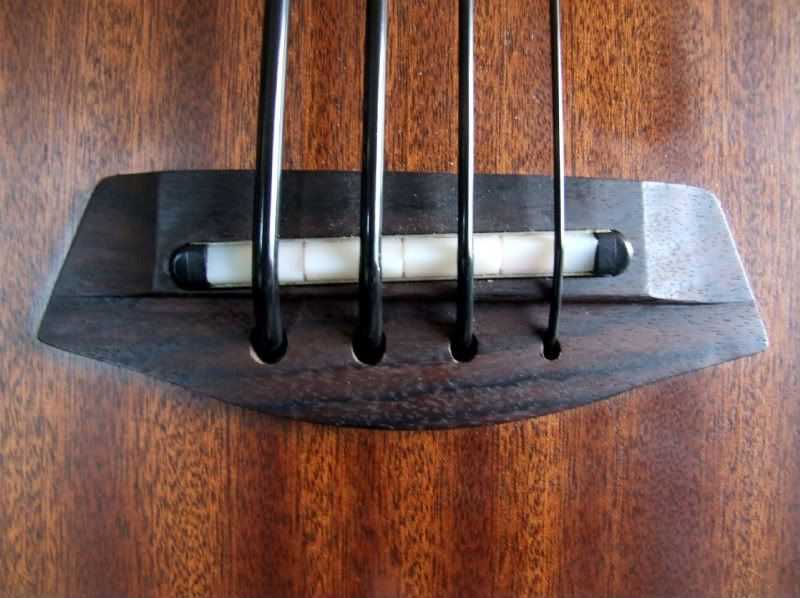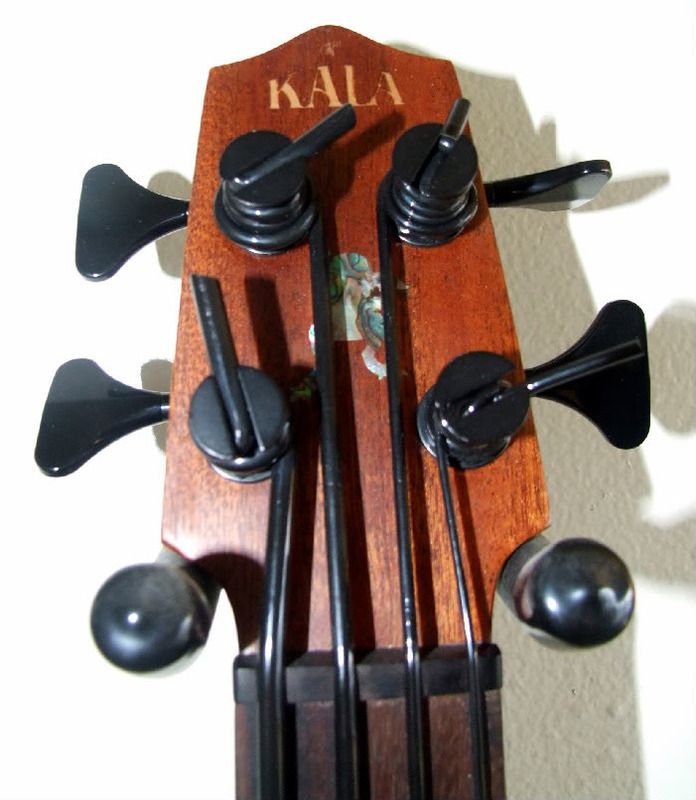Does the Kala U-Bass only sound good plugged in, or does it sound good unamplified too?
If yes, that is amazing, with such a short scale!
Since it has a baritone uke body and scale, I am wondering--
Can I get a crummy Rogue baritone uke I have, put the U-Bass strings on it, tune it, and thereby turn it into a bass? Of course not as good as the U-Bass, but will it work?
The U-Bass strings look very thick. Will they even fit through normal bari uke tuners? Do they fit the nut and saddle, and bridge?
What do you think?
Anyone tried this?
Thanks for your input.
Happy New Year!
If yes, that is amazing, with such a short scale!
Since it has a baritone uke body and scale, I am wondering--
Can I get a crummy Rogue baritone uke I have, put the U-Bass strings on it, tune it, and thereby turn it into a bass? Of course not as good as the U-Bass, but will it work?
The U-Bass strings look very thick. Will they even fit through normal bari uke tuners? Do they fit the nut and saddle, and bridge?
What do you think?
Anyone tried this?
Thanks for your input.
Happy New Year!





